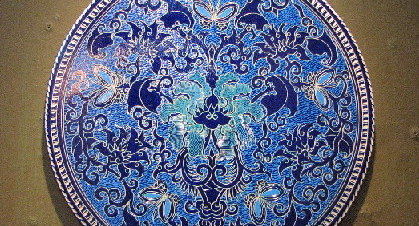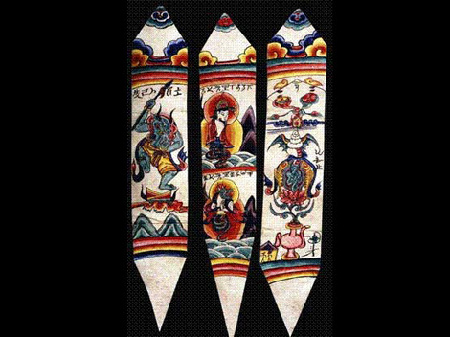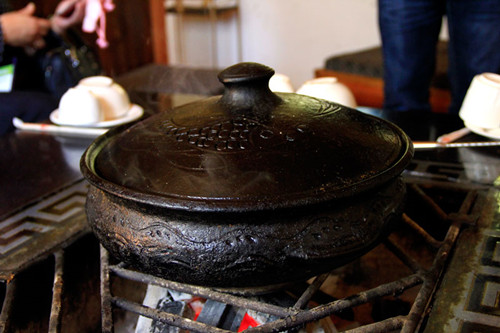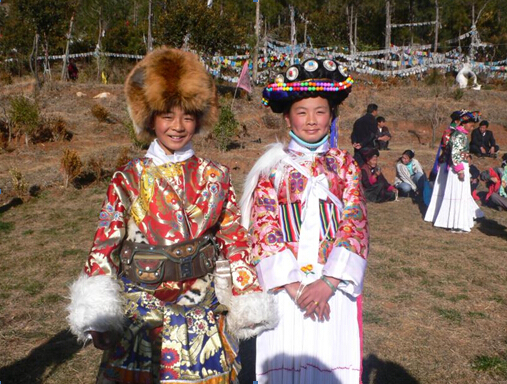Shoemaker tailors Naxi women's feet
(chinadaily.com.cn)
Yao now still sticks to his old business, faced with the challenges of how to preserve and pass on craftsmanship of handmade cloth shoes in the face of today's advanced modern manufacturing.
Yao said, "Lijiang's handmade footwear industry boomed in the 1930s to 1940s, with its cloth shoes and leather boots widely sold in Sichuan province, the Tibet autonomous region, India and Nepal."
However, the rapid development of modern manufacturing industry shocked Lijiang's small workshops and shoe factories. By the 1990s, Lijiang's handmade shoemaking skills were facing crisis as numbers of small handicraft enterprises closed and many shoemakers abandoned their old business and changed careers to make a living.
"Training the young is a way to pass on the traditional arts and crafts, but now young people don't want to calm down and spend a few years to learn the skills of making shoes," Yao Jie said.
 |
|
Yao Jie's shop for handmade cloth shoes is located at the Old Town of Lijiang. [Photo provided to chinadaily.com.cn] |
An apprentice needs two or three years of study to make a pair of complete cloth shoes and then become a shoemaker.
"The study of making shoes needs a rather long time with low pay, so people don't want to learn it," he said with sigh.
Yao Jie is now willing to pass on all his skills without reservation to the next generation if any young person is interested in it. It would be a shame for there to be no transmission of this handcrafting skill with a hundred-year history.
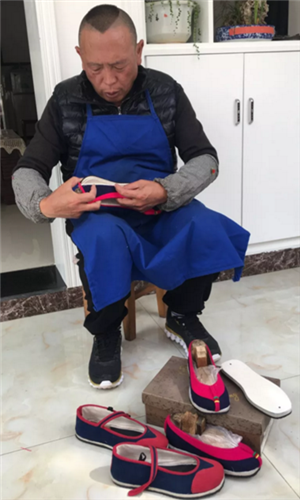 |
|
Yao Jie displays the red and blue cloth shoes he has made in accordance with Naxi people's culture. [Photo provided to chinadaily.com.cn] |

